2024 Givens Fellow
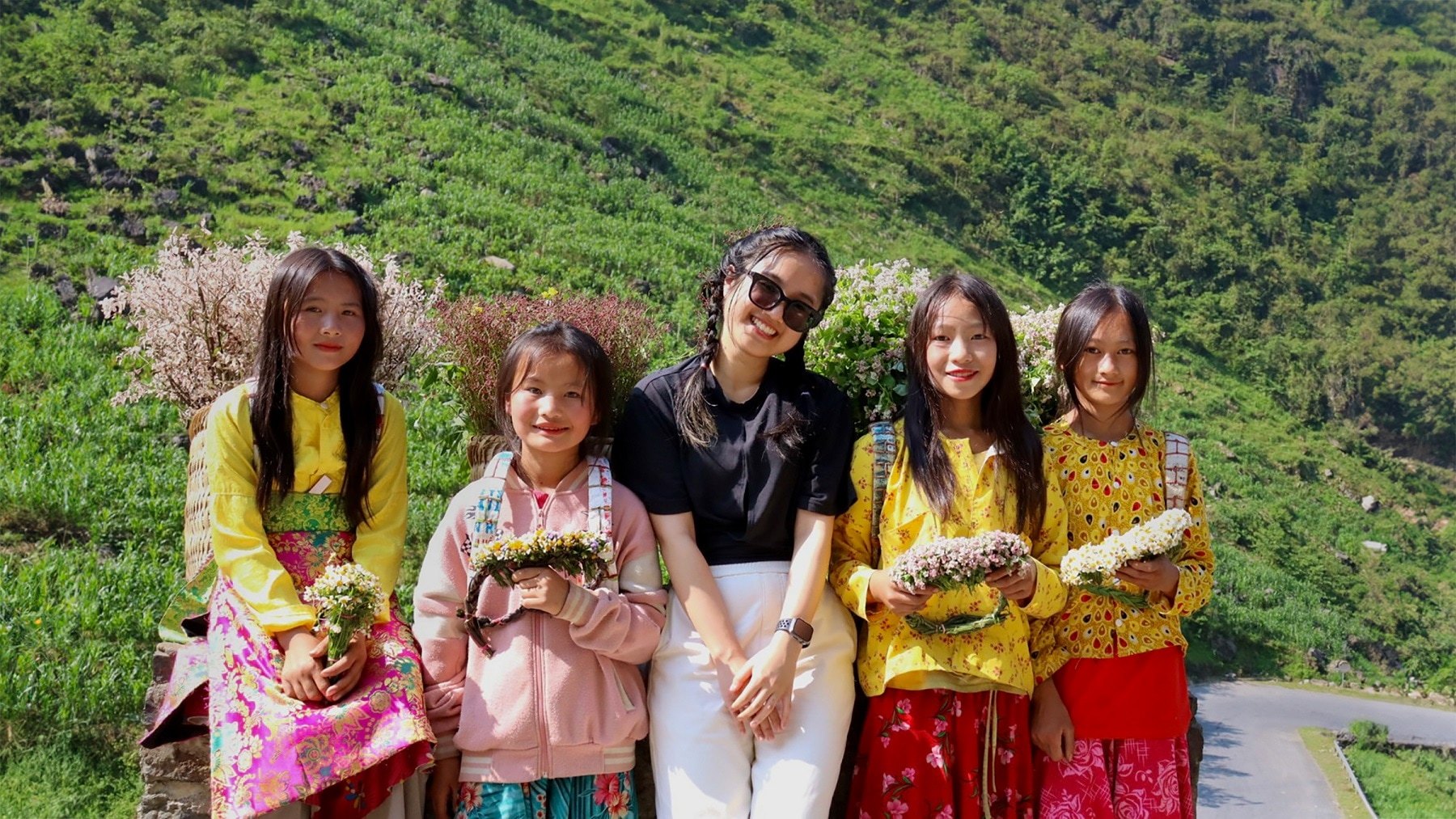
Phuong Vy Huynh
FELLOWSHIP REFLECTION
Vietnam in Vy
As a Vietnamese student abroad, I’ve shared my country’s culture proudly with friends from around the world. Yet, I realized that I had primarily been representing the “Kinh” ethnic group, just one of Vietnam’s 54 vibrant ethnic groups. Therefore, this past May and June, I embarked on a 5-week journey, from the bustling streets of Ho Chi Minh City to remote northern villages, documenting the unique traditions, art, and lives of six ethnic groups.
This project has been a profound exploration of cultural diversity, resilience, and the importance of understanding different ways of life of underrepresented communities. The name “Vietnam in Vy” is deeply personal, with the “V” in my name representing both Vy and Vietnam, a symbol of my country living within me. Through this journey, I had an opportunity to reconnect with my roots, understand the “Vietnamese” I represent abroad, and share this heritage with the world.
Who Am I Representing For? A Journey through Vietnam's Ethnic Tapestry
PERSONAL STATEMENT AND PROPOSAL
Three years ago, I arrived in the United States as a young and passionate Vietnamese girl, carrying my dreams and Vietnamese root with me hoping that I could broaden my horizon while studying in a new country. As a graphic design student pursuing a career in the creative field, I usually use the popular, symbolic, and somehow cliché imageries that I have been living on throughout 18 years in Vietnam to represent my identity and origin. It wasn't until a self-identity design project in a graphic design course that took me into realization that my practices in representing Vietnamese root were just at the tip of the iceberg, scratching the surface of the diverse and rich cultural tapestry of Vietnam.
My home country, Vietnam, consists of 54 ethnic groups, each have unique traditions, customs, art practices and language, but most of which I have not yet learnt and embraced. I am part of the Kinh ethnic group, who are the largest, dominant group in Vietnam, making most of the country’s population, residing in lowland river deltas and urban areas, including big and hustling cities such as Hanoi, Ho Chi Minh city and Da Nang. Being from such a dominant population, I find myself have not made enough efforts in connecting, learning, and empathizing with the minority communities in my country, and this disconnection is the first reason that drives me to the purpose of conducting this project.
Within my three years studying in the U.S., I have come to understand the complexity of categorizing cultural identities when checking the ethnicity boxes in various registration forms and paper works, and in those filling forms, I was indicated as “Asian”. However, the term “Asian” is too broad and inadequate that it fails to capture the distinct, diverse culture and values of different countries existing in Asia, setting aside Southeast Asia and Vietnam. Being deeply moved and empathized with the desire and need of diminishing generalized representation and stereotypical depictions, I am eager to start this self-designed project in my hometown, attempting to learn and embrace the diverse ethnic groups in Vietnam, challenging and expanding beyond the limitations of categorizing cultural identity. This is the journey of acknowledging that each ethnic group and community contributes uniquely to the fabric of Vietnam's national identity and that my "Vietnamese" root does not convey in uniformity but rather a symphony of different voices and stories.
THE PROJECT
I am planning to delve into the lives and customs of some particular Vietnam's ethnic minorities, and document the beauty in the customs, traditions, art, and practices that have remained underrepresented. Utilizing my skills in graphic design, photography, and videography which I have learnt throughout the courses I took in Bowling Green State University being a graphic design major, my approach is to create visual documentaries of tradition, cultural and artistic practices. To be more specific, I am going to create a physical informative booklet showcasing my observations, interviews along with a series of icons, postcards, and short video to illustrate the specialties that I have captured while exploring the destinations and spending time with the local families and people. This project would take 35 days long to travel, occurs in the Summer 2024, from early May to early June, the physical final outputs would be created and published within three months after the trips. Throughout this journey of exploration and reconnection, I hope to deepen insights of my Vietnamese identity and see myself grow as a person who actively make connection, empathize, and celebrate the cultural diversity of underrepresented groups.
The project will span across various provinces in Vietnam, with a focus on regions where minority ethnic groups mostly reside. I will begin my journey in the South, starting at Ho Chi Minh city, where I will spend four days exploring the historical and cultural richness of the Hoa people, I will visit the Museum of Ho Chi Minh city, exploring district 5 and Cho Lon, which is the city's Chinatown. The Hoas, or so-called Chinese ethnic in Vietnam, have contributed significantly to the economic and cultural fabric of the city. I then continue my journey on a cross-country train ride to Phan Rang – Thap Cham city, where the Cham people mostly reside in, the Chams are inheritors of the ancient Champa kingdom and are known for their distinctive architecture, such as the Po Nagar towers, they also have traditional weaving techniques, and their own script. The journey continues to the central highland, specifically Dak Lak for five days in which I am planning to visit Buon Don and Buon Ma Thuot, where the Ede community resides, the Edes have unique traditional house known as the "long house," they are also known for their rich oral literature and music. During my visit to Buon Don, I want to visit the villages of M’Nong people, where elephants are part of their domestication culture, they also preserve the gong space culture, which is recognized by UNESCO as an Intangible Cultural Heritage of Humanity.
Reaching the northern part of Vietnam, I will join a five-day group guided tour traveling to Thanh Hoa and Hoa Binh provinces, visiting the villages of Muong people, who share cultural similarities with the Kinh but still preserve their rich oral literature, traditional music, and stilt house architecture. The reason why I choose to go with a guided group is to ensure my safety as Muong people mostly reside in mountainous area, and the journey getting to their villages is quite challenging for first comers, also, the interaction with the tour guides and people participating in the group contributes to the interchange of knowledge and enhancement of our immersive experience. I then stop at Ha Noi, the capital of Viet Nam for two days to prepare for the journey further to the high mountainous areas of the country. Departing from Hanoi, I will travel to Lao Cai from where I will visit Sapa for four days, interacting, learning and documenting the life of H’mong people. H’mong is renowned for their craftsmanship in embroidery and indigo dyeing as well as colorful clothing, silver jewelry, moreover, their cultural festival Bun BangPhay occurs during May. I will visit places such as Ban Cat Cat, Y Linh Ho, Lao Chai – Ta Van, Ta Phin to explore the locals’ daily customs, architecture and the mountainous scenery which contributes to define the lifestyle of H’Mong people. I will go back to Lao Cai and extend my immersive observation and exploration of H’Mong, Dao and Tay people in Ha Giang, spending five days visiting places and villages such as Pho Cao, Ban Lo Lo Chai, Lung Cam and Nha Phao, exploring the Phien Dong Van market where the locals sell their crops and handcrafts. The journey continues to Cao Bang, where I will spend three days visiting Ban Gioc, Pac Bo and Khuoi Ky village to learn about the life and culture of Tay people, who live in communal houses called "Nhà san” and practice traditional folk songs called "Then”. From Cao Bang, I will travel to Ha Noi to catch a return flight to Ho Chi Minh city, ending my 35-day journey exploring and deepening my insights in the cultural tapestry of Vietnam, the identity that I am proud to carry and represent for the rest of my life.
With the generosity of Stuart R. Givens Memorial Fellowship, I hope to bring this project to life so that I would be able to delve into the vibrant cultural diversity of Vietnam, empathize with my Vietnamese fellows and then become an insightful Vietnamese representative in a global context.
PURPOSE OF RISK STATEMENT
Acknowledging that executing a project which involves traveling and connecting, with diverse ethnic groups might have unexpected risks, I have created a list of potential risks and outlined my proactive measures to mitigate those risks to fulfill the aim of successful project execution.
LIST OF RISK IDENTIFICATION AND MITIGATION STRATEGIES
- Risks in accessing to remote ethnic village: Provinces such as Ha Giang, Cao Bang, Lao Cai, Sa Pa are mountainous risky terrains, so there could be possibilities that remote villages may not be accessible. To mitigate this risk, I will contact in advance with the local guides and transportation services who are experts in navigating in these areas, and from there, do further forecasts and plans on routes to travel in case of natural and weather effects.
- Health Risks: Travelling continuously, engaging in different activities, trying new cuisines, and living in alienated accommodate might bring unwanted health risks such as physical burn out, food poison and illness. In terms of mitigating this risk, I will purchase a travel insurance, having appointments with my doctors and physicians for health and medical advice as well as preparing sufficient medications, I will equip first-aid kit, and research on nearby health clinic, medical facilities of each location that I will visit. Additionally, I will prepare tags and notecards printed with my emergency contacts who are my family in Vietnam in cases that I need assistants from the hotel receptionists, roommates or tour guides to inform them my accidents or health problems.
- Safety Risks: Risks that involve accidents, traffics and behavioral-related scenarios such as pick-pocket or trespassing might occur during the trip. To minimize the existence of this risk, I will do pre-trip research on the safety information and precautions about of the locations as well as asking the locals for advice, being cautious when participating in on-road traffic or walking on the street is also practice frequently. The listed emergency budget of $310 and 5% of total grant could also be used to fund safety emergency and necessary return flight to Ho Chi Minh city, where my family’s house is. I will also report and update my location and safety status with my family and friend in Vietnam on daily basis.
- Financial risk, unanticipated costs, insufficient budget: Overrunning budgets and fund could occur due to unexpected travel costs, accommodation price surges, or emergency expenses. To mitigate this risk, I would regularly monitor my expenses after each travel day, I will also allocate 5% of the total project grant, besides the $310 listed in the budget plan to address any unforeseen financial demands.
- Cultural Misunderstandings: Miscommunication or cultural offense might occur while engaging and communicating with ethnic groups. To avoid this risk, I will conduct pre-trip research on their cultural norms and practices, and also, if possible, contact local interpreters to conduct clear, respectful and ethical communication and practices in interacting and documenting an underrepresented ethnic group.
- Equipment Failure and Data Loss: Since digital camera and other digital devices such as smartphone and laptop are the primary equipment I will utilize in this project, there could be possibilities that those technologies can be damaged, stolen, lost, or causing data loss. To prevent this risk, while being attentive in taking care and maintaining the equipment, I will also have a redundance systems by using multiple data storage devices, and frequently backup data onto cloud storage. Pre-departure equipment testing will also be conducted before starting this journey.
ACKNOWLEDGMENT OF RISK AND COMMITMENT TO MITIGATION
I acknowledge that throughout the journey of broadening insights of my Vietnamese identity and exploring the cultural tapestry of Vietnam, there is presence of risks. With a comprehensive risk management plan and proactive problem-solving attitude, I am committed to navigating these obstacles effectively and smoothly, successfully conducting and fulfilling the goal of this project.
| TRANSPORTATION | COST |
| Round-trip flight from Detroit to Ho Chi Minh city |
$2,200 |
| Train from Ho Chi Minh city to Phan Rang-Thap Cham | $60 |
| Flight from Phan Rang to Buon Ma Thuot, Dak Lak |
$80 |
| Flight from Buon Ma Thuot to Thanh Hoa | $150 |
| Bus from Thanh Hoa to Hoa Binh | $30 |
| Bus from Hoa Binh to Ha Noi | $25 |
| Train from Ha Noi to Lao Cai | $40 |
| Bus from Lao Cai to Ha Giang |
$20 |
| Bus from Ha Giang to Cao Bang | $30 |
| Bus from Cao Bang to Ha Noi | $25 |
| Flight from Ha Noi to Ho Chi Minh city | $70 |
| Ground transportation for travelling within a province/city (serviced car, motorbike, taxi, etc.) | $210 |
| Total | $2,940 |
| EQUIPMENT | COST |
| Canon Rebel T8i camera | $650 |
| Canon EF 75-300mm F/4-5.6 III Zoom Lens | $211 |
| 3 x SD Cards 128GB, $15/each | $45 |
| Trekking clothing, equipment,shoes (to acess villages in mountainous areas) | $200 |
| Wireless microphone for interviews | $26 |
| Sketchbook, pen and pencil for notetaking and drawing | $15 |
| Printing booklets, 10-15 copies, plus shipping costs | $100 |
| Adobe subscription (InDesign, Photoshop, Illustrator, Premier Pro) $17/month x 4 months |
$68 |
| Total | $1,315 |
| HOUSING (hotel, homestay, motels, host home) | COST |
| Phan Rang-Thap Cham - 3 nights |
$60 |
| Buon Ma Thuot, Dak Lak - 4 nights | $100 |
| Thanh Hoa and Hoa Binh - 5 nights | $80 |
| Ha Noi - 2 nights | $80 |
| Lao Cai - 1 night | $30 |
| Sapa - 3 nights | $120 |
| Ha Giang - 4 nights | $85 |
| Cao Bang - 2 nights | $30 |
| Total | $575 |
| FOOD | COST |
| 3 meals per day for total of 35 days, estimated at $10 per meal |
$1,050 |
| Total | $1,050 |
| MISCELLANEOUS | COST |
| Guided tour in Thanh Hoa and Hoa Binh | $215 |
| Local guides in Cao Bang, Ha Giang (for direction in mountainous pathways, getting to ethnic villages) | $200 |
| Buying souvenirs, handcrafted goods to support locals, gift to house host | $225 |
| Museum tickets | $70 |
| U.S. F1 Student Visa renewal fee | $185 |
| Travel Insurance | $200 |
| Medical problem, emergency funds | $310 |
| Phone service | $20 |
| Total | $1,425 |
| TOTAL EXPENSES | $7,305 |


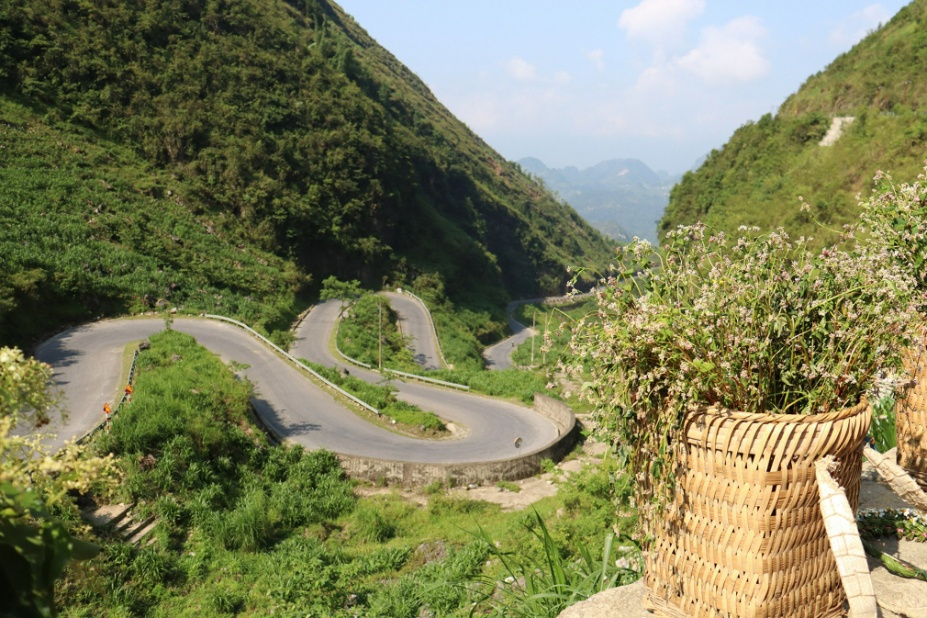

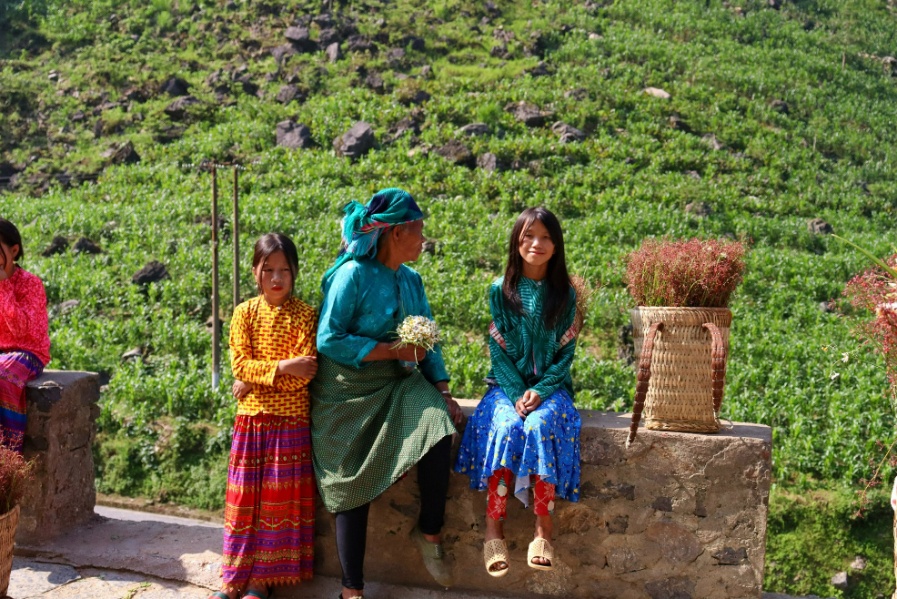
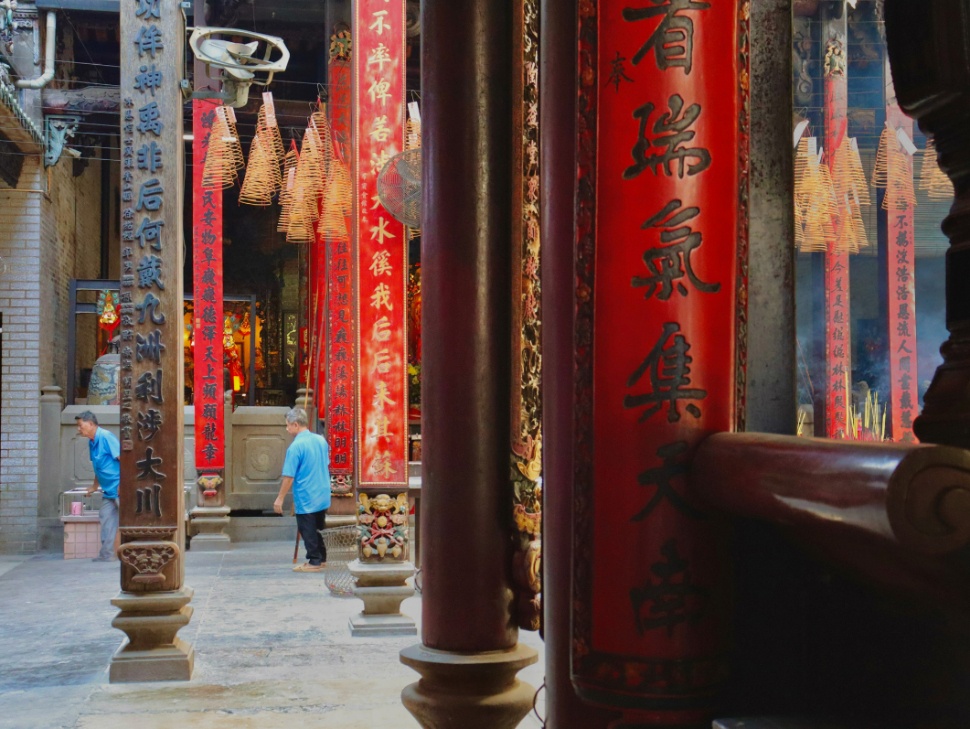
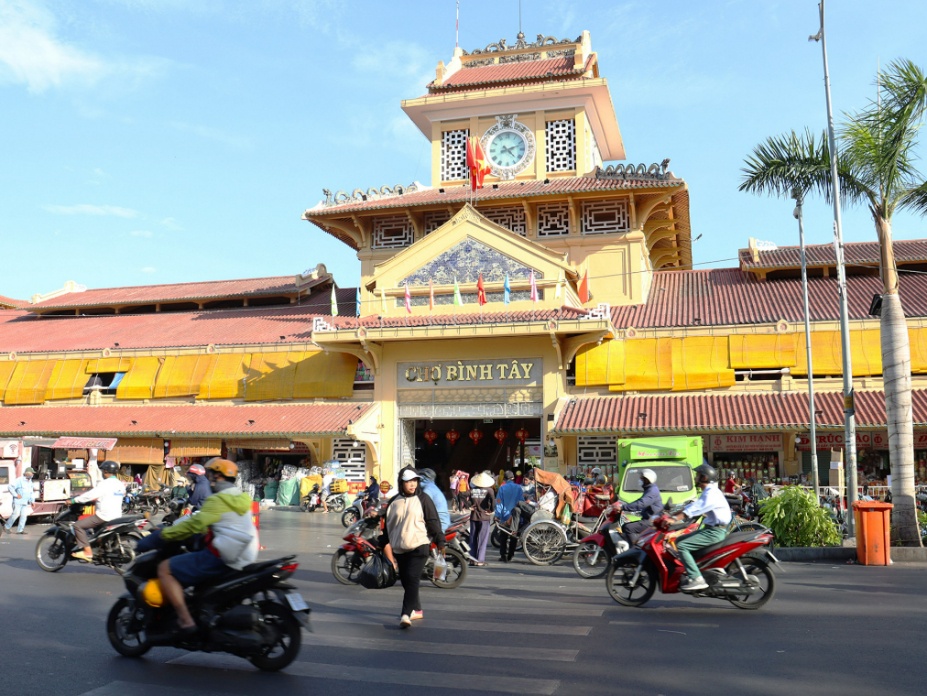
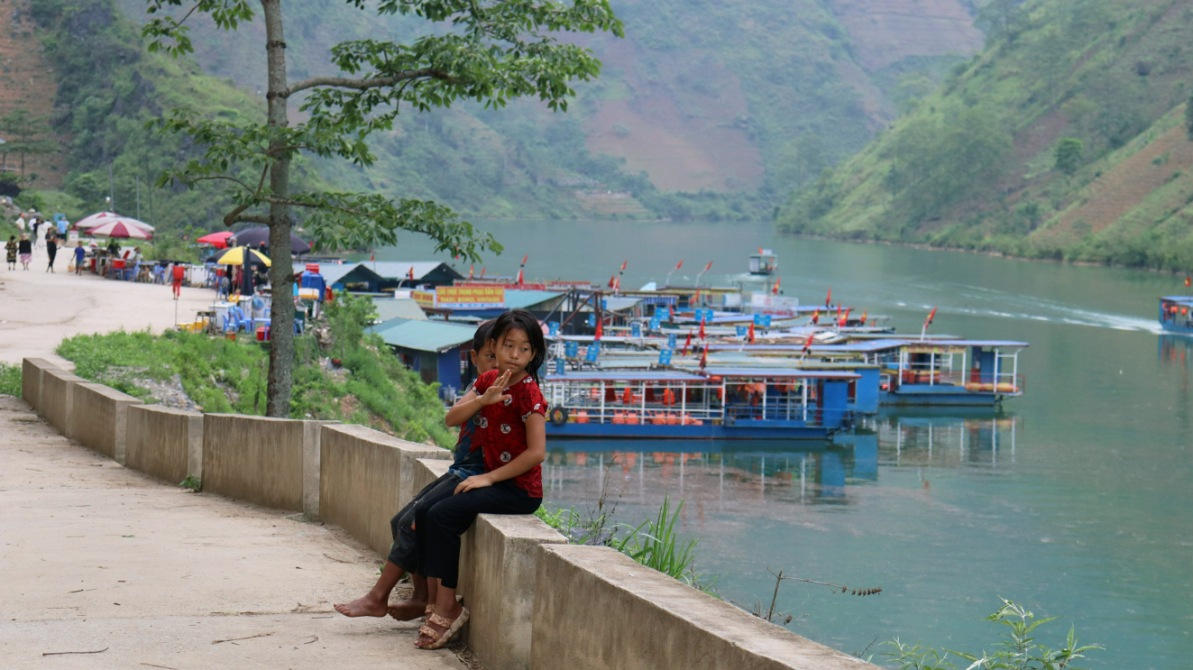
Updated: 01/24/2025 12:05PM
